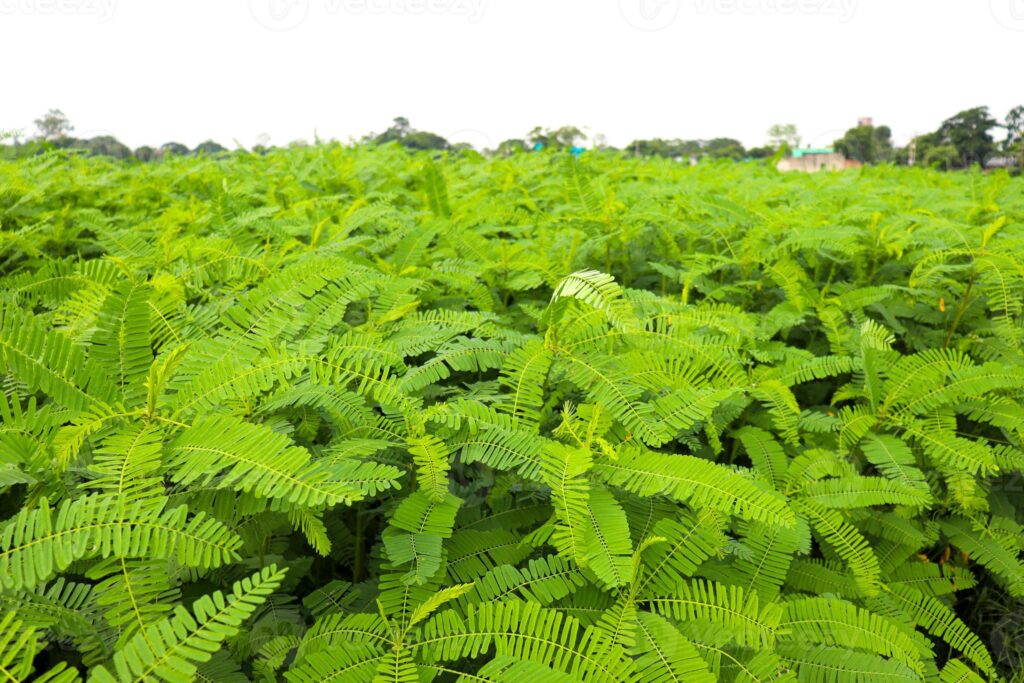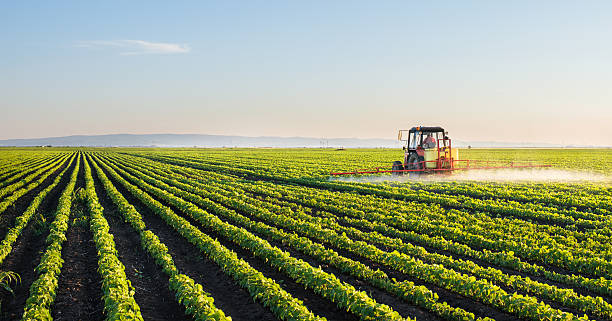Dhaincha Farming: If you want to make the land fertile then do green manure dhaincha cultivation in summer, Kharif crops will give bumper yield.

During summer, most of the farmers’ fields remain empty. In the Bundelkhand area of Uttar Pradesh, farmers cultivate moong and urad. Apart from this, Dhaincha is considered to be the best option for green manure. It has the highest amount of nitrogen.
There are nodules in the roots of Dhincha which contain Rhizobium worms which draw nitrogen from the atmosphere with the help of the stems and deliver it to the roots.
Indiscriminate use of chemical fertilizers in the fields is increasing due to which the fertility of the soil is decreasing. Now it has started affecting crop production also. Now the amount of organic carbon in the agricultural soil is decreasing due to which the fertility of the land has been affected.
If farmers want to increase the amount of organic carbon in the soil, then they should cultivate green manure dhaunch in the field after Rabi crop. This will not only improve the condition of the soil in the fields but will also increase the production of the next crop.
If former wants to increase the fertility of the field, farmers must do green manure dhaincha cultivation once a year. Dhaincha Green manure cultivation is a kind of pulse crop which is ready in 44 to 50 days.
After this crop is ready, it is mixed in the field with the rotavator of the tractor, which starts rotting after rain or due to flooding of the field.
This increases the biological and chemical properties of the soil, due to which the water holding capacity in the field increases.
The soil gets nitrogen, phosphorus and potash from the cultivation of each fertilizer. Along with this, the amount of organic carbon in the soil also increases.
Soil will become Fertile through Structure Dhaincha Farming

Dhaincha Compost piles have nodules containing rhizobiam bacteria that help pull nitrogen from the atmosphere into the roots through nodules, enriching the soil with 80 to 120 kilograms of nitrogen, 15 to 20 kilograms of phosphorus, and 10 to 12 kilograms of potassium per hectare. Even by reducing a third of the urea fertilizer for the next crop, there’s still abundant yield.
Composting also increases the soil’s organic carbon content.
Dhaincha Cultivation

Dhanicha cultivation is done between April and May. It usually takes 45 to 50 days to mature. For Dhanicha cultivation, you’ll need about 10 to 12 kilograms of seeds per acre. Once the crop reaches about 2 feet tall, you can use a rotavator to sow it directly in the field. It’s crucial for the soil to be moist during this time.
After sowing, the crop starts benefiting from the moisture brought by rainfall. If farmers want to achieve a good yield, they need to take care of the crop for about 150 days. Farmers can expect to receive around 15 quintals of seeds per hectare. Punjabi Dhanicha is considered the first choice for farmers, but ND137 can also be used for alkaline soil.
Benefits of Dhaincha Farming
- This is improved the soil health.
- Dhaincha increase the nitrogen percentage in the soil which helps in better growth of plants.
- It acts as a cover crop.
- It helps to maintain organic matter in soil.
- Dhaincha increase the soil fertility.
- It increase the water holding capacity of soil and decrease the soil erosion.
- Dhaincha full fill the plant nitrogen and other nutrients requirements.
- Green manuring helps in reclamation of alkaline soils.
- How to Plant Bougainvillea by Cuttings: A Step-by-Step Guide
- Rose Care Tips
- How to Care of Money Plant: A Complete Guide
- How to Grow Poinsettia at Home: A Complete Guide
- Agriculture Budget 2025
- Agriculture
- Business
- Education
- Floriculture
- Horticulture
- Jobs
- Latest News
- Success Story
- Technology
- Vegetables

